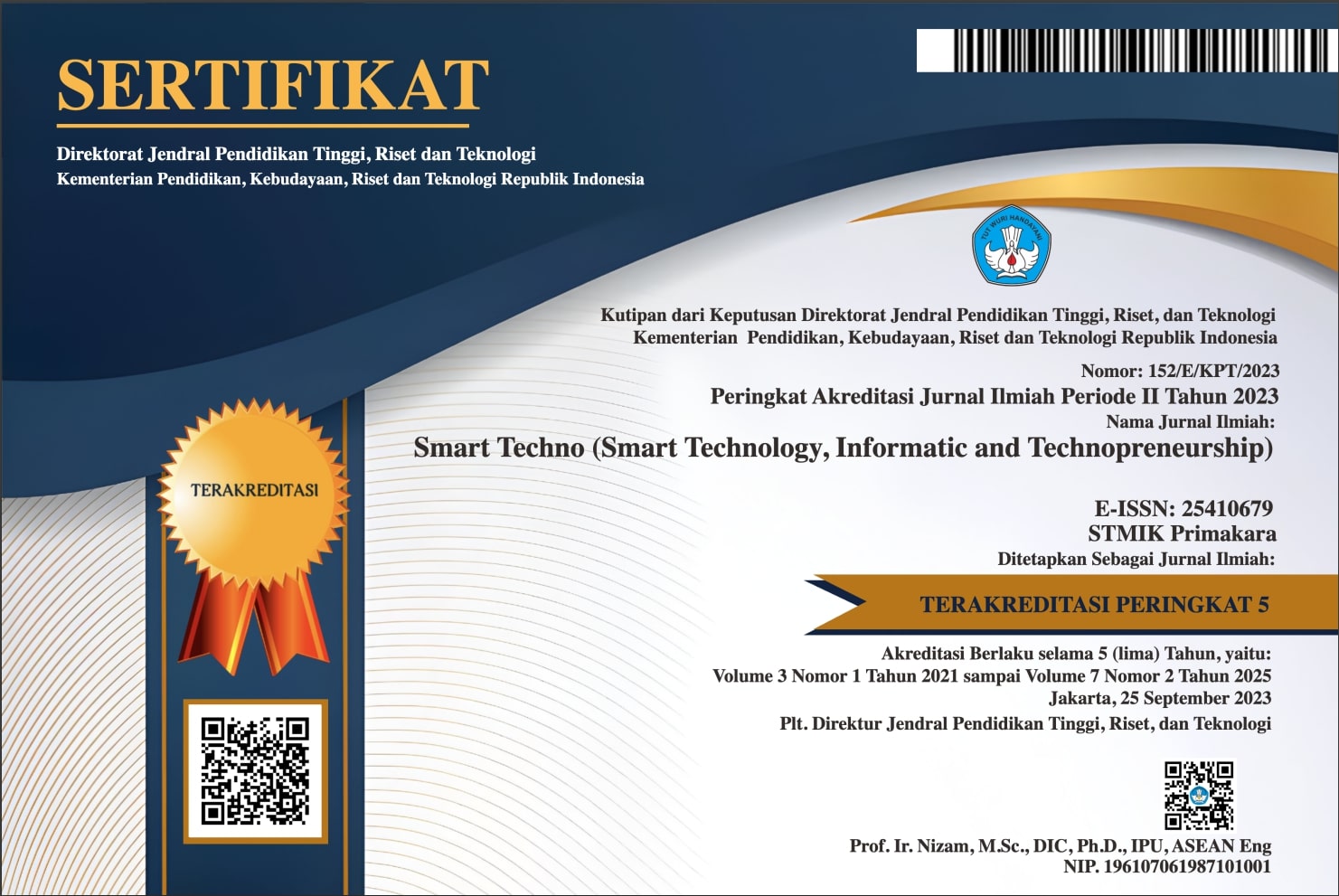Smart Parking Dalam Menunjang Implementasi Smart City di Kota Denpasar
Abstract
Density in Denpasar City is increasing every year. In addition to the density of its citizens, vehicles have also increased. This can make it increasingly difficult for Denpasar City to get to Smart City because it cannot achieve Smart mobility which is one of the main points of Smart City itself. One of the scopes of a smart mobility is a parking system. The parking system is one of the scopes of smart mobility because the parking system can be a source of congestion. We can see in several types of events held in Denpasar City, for example, PKB which is an annual event in Denpasar. Many residents of Denpasar City complained that they had difficulty finding parking and ended up looking for other parking alternatives that might be further away. During the search process, most of them will drive their vehicles slowly so that when there is an empty parking lot they don't miss it. The smart parking system is one solution that can be applied to reduce congestion in the city of Denpasar which is increasing. In addition to being able to break down congestion, the Smart Parking system is considered a more efficient system because it uses minimal resources and can use existing human resources as personnel in supervising a parking lot.Smart Parking, Parking Area
Downloads
References
“Proyeksi Penduduk Kota Denpasar (Jiwa), 2018-2020.”
https://denpasarkota.bps.go.id/indicator/12/49/1/proyeksi-penduduk-kota-denpasar.html (accessed Jul. 09, 2022).
“Banyaknya Kendaraan Menurut Jenisnya di
ProvinsiBali.” https://bali.bps.go.id/indicator/17/250/1/banyaknya-kendaraan-menurut-jenisnya-dan-
kabupaten-kota-di-provinsi-bali.html (accessed Jul. 09, 2022).
M. G. Hernoko, S. Adi Wibowo, and N. Vendyansyah, “PENERAPAN IoT (Internet of Things) SMART PARKING SYSTEM DAN PENDETEKSI KEBAKARAN DENGAN FITUR MONITORING,” JATI (Jurnal Mhs. Tek. Inform., vol. 5, no. 1, pp. 261–267, 2021, doi:10.36040/jati.v5i1.3281.
Copyright (c) 2022 Ariesta Agung Permana Putra

This work is licensed under a Creative Commons Attribution 4.0 International License.
Authors who publish with the Smart Techno agree to the following terms:
- Authors retain copyright and grant the journal the right of first publication with the work simultaneously licensed under a Creative Commons Attribution License (CC BY-SA 4.0) that allows others to share the work with an acknowledgment of the work's authorship and initial publication in this journal.
- Authors are able to enter into separate, additional contractual arrangements for the non-exclusive distribution of the journal's published version of the work (e.g., post it to an institutional repository or publish it in a book), with an acknowledgment of its initial publication in this journal.
- Authors are permitted and encouraged to post their work online (e.g., in institutional repositories or on their website) prior to and during the submission process, as it can lead to productive exchanges, as well as earlier and greater citation of published work. (See The Effect of Open Access)







